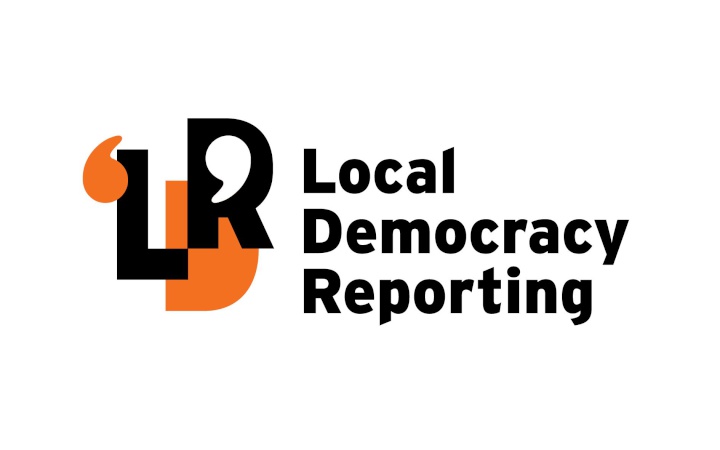Whakatāne Mayor Victor Luca says a lack of monitoring of Whakaari-White Island is putting the whole Eastern Bay community at an increased risk in the case of a major eruption.
During increased activity on the island recently, he wrote a letter with his concerns to Prime Minister Christopher Luxon and relevant ministers. It was co-signed by other Eastern Bay mayors, Ōpōtiki district’s David Moore and Kawerau’s Faylene Tunui, raising these concerns.
The letter asked for ministerial intervention to allow GNS Science to have access to the island to install monitoring equipment.
Dr Luca says he was first made aware of the absence of on-island monitoring at a Bay of Plenty Emergency Management Group meeting in April.
GNS Science principal scientist Graham Leonard, in an article published in May, said a lack of access to the island since the December 2019 eruption meant the last functioning seismo-acoustic station there stopped working completely in August 2022.
He said without on-island monitoring, the organisation’s ability to detect and confirm eruptions at Whakaari was limited.
All monitoring of the volcano was now done remotely through stations on the mainland, observation flights, and satellite technology.
Dr Luca said the eruption that killed 22 people in 2019 was considered a relatively minor one.
If there was a major eruption on Whakaari it would have serious consequences for people on the mainland due to the effects of ash, he said.
“We live not very far off the coast of quite an active volcano which has been, throughout its history, reasonably tame. We haven’t had volcanic eruptions that have covered the mainland in ash.
"When I was living in Argentina, a volcano went up in the Andean mountains and some ash was received in Buenos Aires, which is about 1400 kilometres away. Nearby towns had ash up to their knees in some places.”
Whakaari is just 48 kilometres from the mainland.
“Any volcano can go off at any time with no notice but by monitoring we can have a chance of getting some notice,” Dr Luca said.
“The beast has been well behaved for a long time and I hope it stays that way.
"If there’s a method of getting advanced notice we should have it. It’s an existential threat for the town. When they’re not monitoring it, our risks are enhanced.”
Dr Luca said he received a response from Minister of Emergency Management Mark Mitchell thanking the three mayors for their “diligence and concern” on behalf of their communities.
Mr Mitchell agreed with the concerns raised and had asked the National Emergency Management Agency to provide him with advice on how to expedite the placement of GNS monitoring on the island.
Multi-agency work was taking place, which included NEMA, Department of Internal Affairs, Ministry of Transport, Civil Aviation Authority, GNS Science, Emergency Management Bay of Plenty, Bay of Plenty Regional Council.
The group also plans to invite Ngāti Awa to join.



 Gordon Campbell: On Why Leakers Are Essential To The Public Good
Gordon Campbell: On Why Leakers Are Essential To The Public Good The Tree Council: Auckland Council Notifies Plan Change 113 Notable Trees
The Tree Council: Auckland Council Notifies Plan Change 113 Notable Trees ACT New Zealand: ACT New Zealand Celebration Brunch - David Seymour's First Speech as Deputy PM
ACT New Zealand: ACT New Zealand Celebration Brunch - David Seymour's First Speech as Deputy PM NZ Police: Operation Purple | Anti-Social Road User Gathering In Levin
NZ Police: Operation Purple | Anti-Social Road User Gathering In Levin New Zealand Defence Force: The Latest Update On The HMNZS Manawanui Response
New Zealand Defence Force: The Latest Update On The HMNZS Manawanui Response NZCTU: NZCTU Release Detailed Budget 2025 Analysis
NZCTU: NZCTU Release Detailed Budget 2025 Analysis Department of Conservation: DOC Reveals Surprising Toilet Paper Stats
Department of Conservation: DOC Reveals Surprising Toilet Paper Stats


